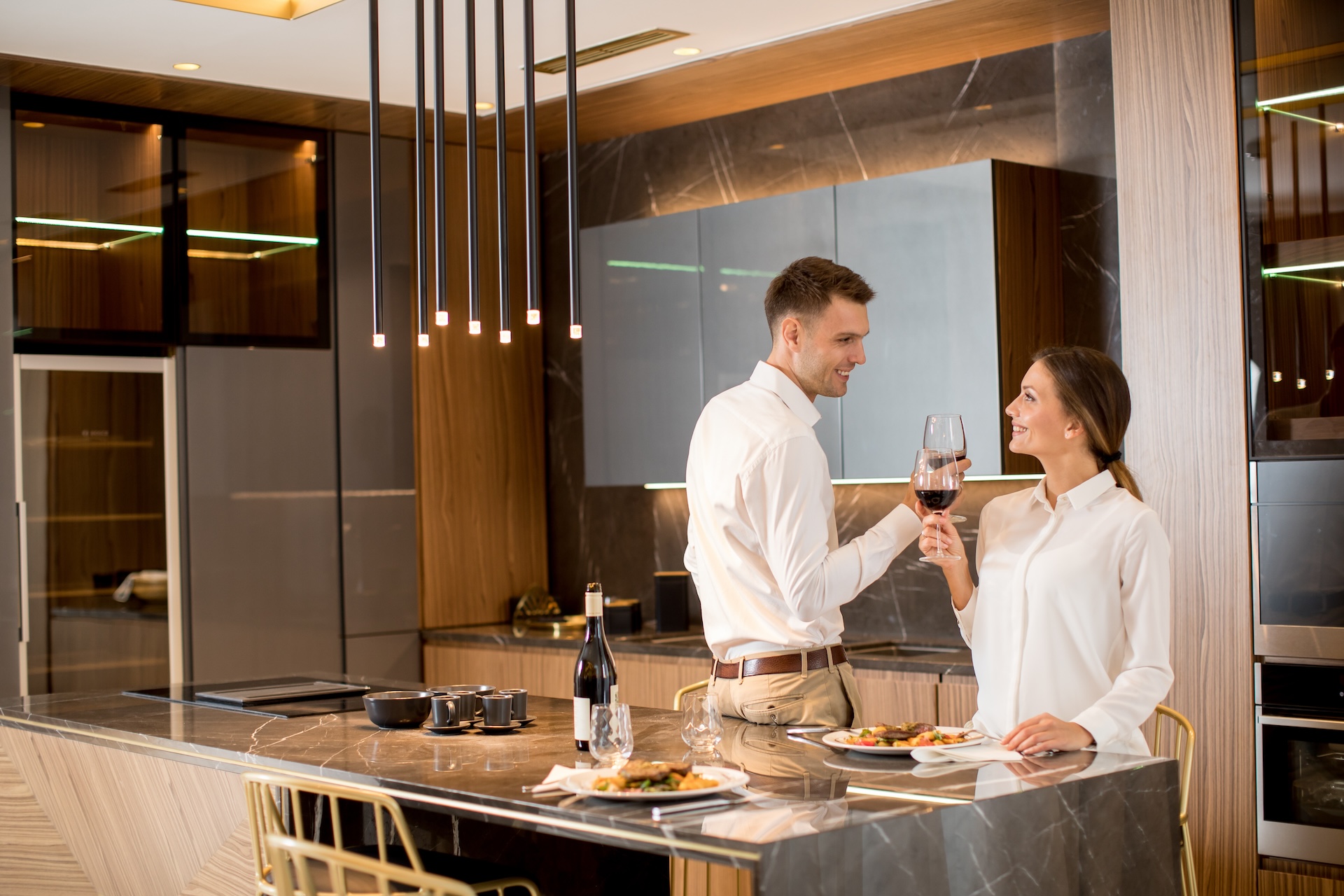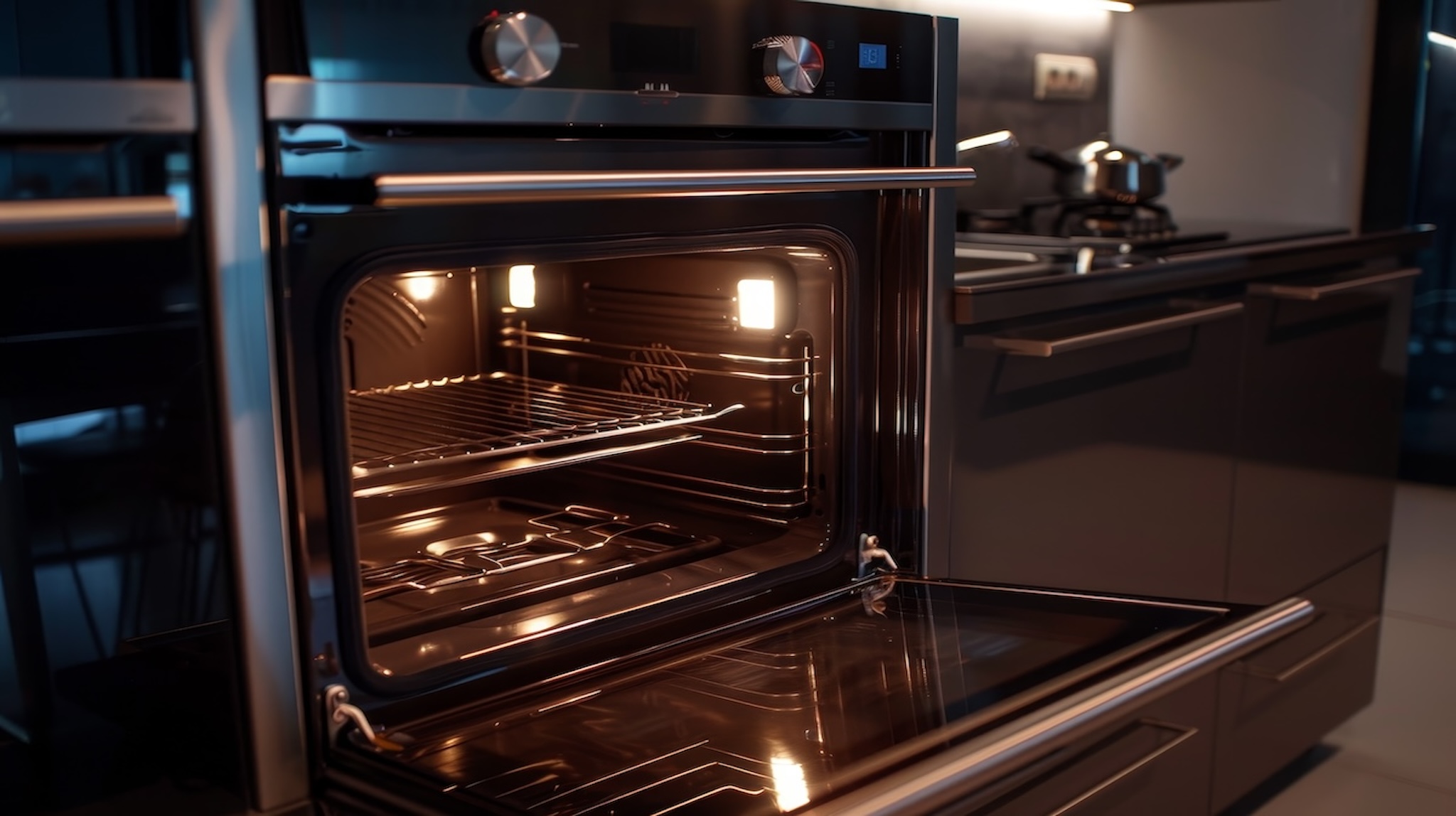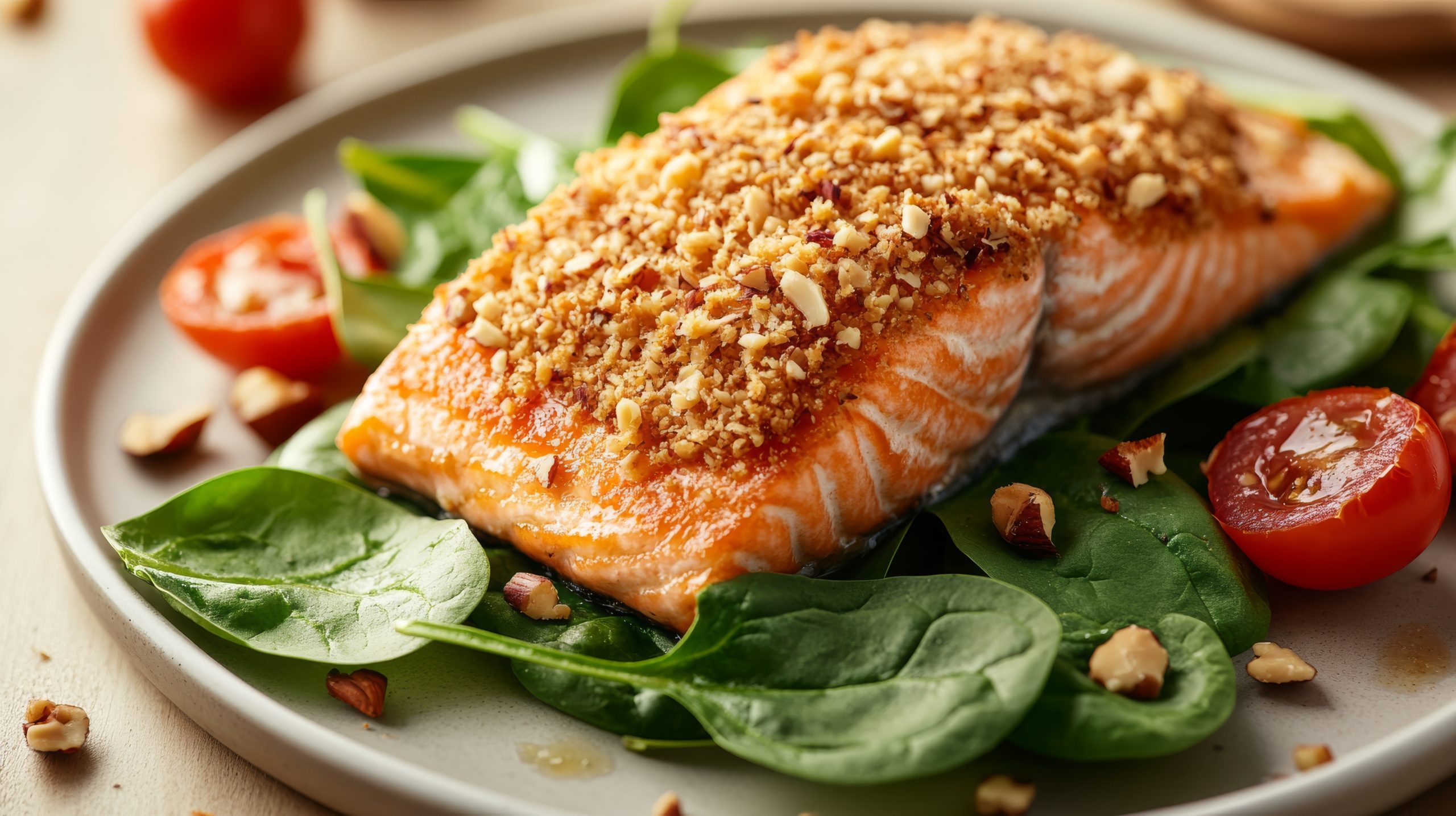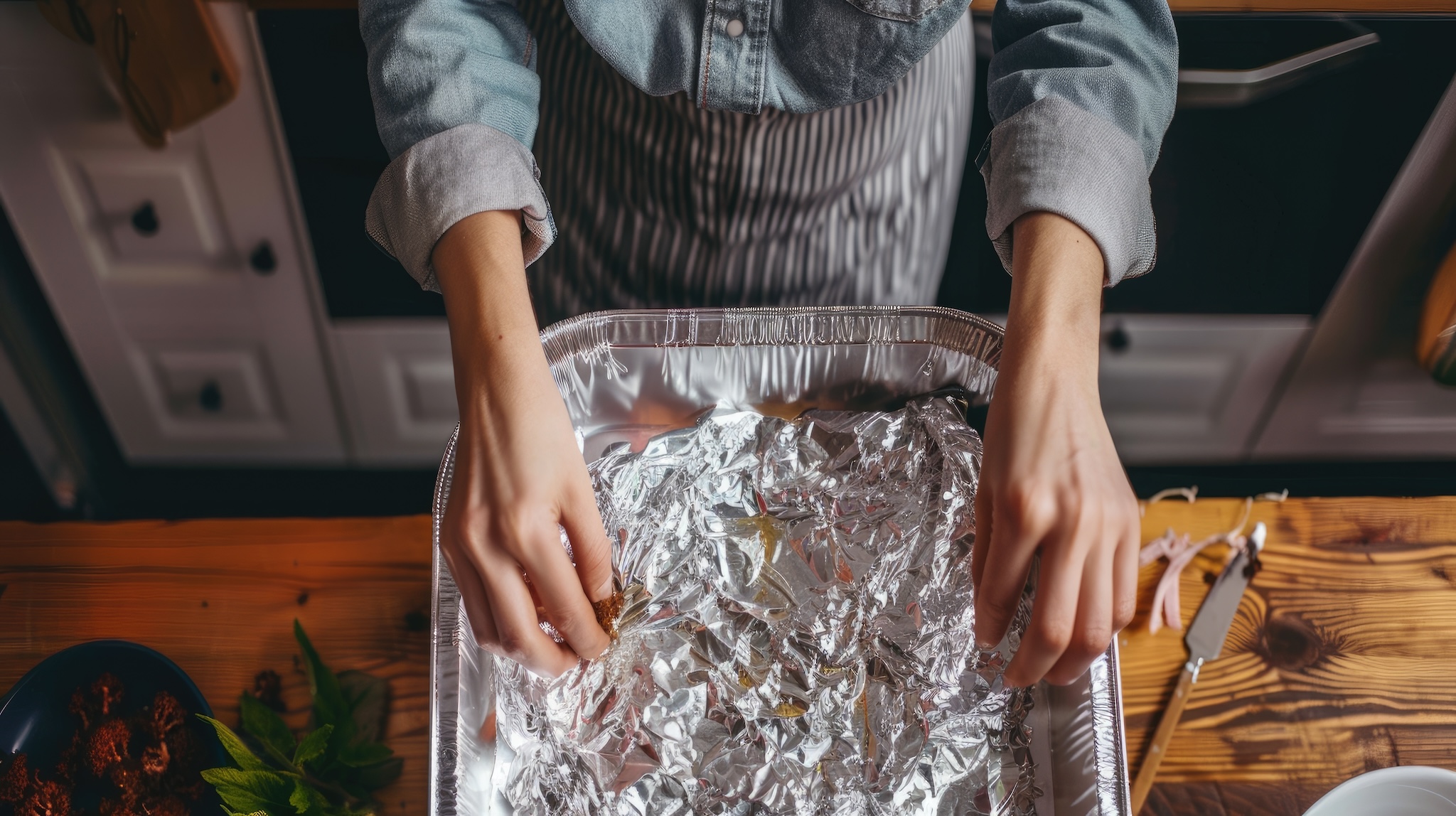
Education Center
-

Using Your Oven’s Convection Roast Setting
Ever wonder when is the best time to use the “convection roast” setting on your oven? Convection roast is great for meats and fish. If used properly, you can get a nice sear on the outside of your meats, locking the flavorful juices in. In order to do this, increase the temperature of your oven…
-

Encrusted Zesty Salmon Filet
Looking for a crowd-pleasing dish that’s both healthy and packed with flavor? This oven roasted salmon with homemade lemony breadcrumbs is a showstopper that’s surprisingly simple to make. The bright citrus zest and hearty crunch of whole-grain breadcrumbs perfectly complement the tender, flaky salmon, making it a dish that’s elegant enough for entertaining but easy…
-

Using Your Oven’s Pure/European Convection Setting
Ever wonder when to use the “Pure Convection” or “European Convection” setting on your oven? This setting is perfect for even baking and roasting when you want consistent results across multiple racks. Unlike standard convection, European convection uses a third heating element located behind the fan, ensuring that hot air is evenly distributed without relying…
-

Using Your Oven’s Convection Broil Setting
Ever wonder when to use the “convection broil” setting on your oven? Convection-style broiling is ideal for quickly searing meats, caramelizing vegetables, or achieving a crispy, golden crust on dishes like casseroles or gratins. The broiler element provides intense, direct heat from above, while the convection fan circulates air to cook food more evenly and…
-

Using Your Oven’s Convection Bake Setting
Ever wonder when to use the “convection bake” setting on your oven? Convection baking is ideal for baked goods, casseroles, and roasted vegetables. The fan-driven heat circulates evenly, promoting consistent browning and a faster cook time. To get the best results, reduce the temperature by about 25°F from the standard baking temperature and use low-sided…
-
Helpful Tip: Don’t be fooled by concealed elements in your oven
HELPFUL TIP- Oven Safety: If your oven has concealed elements, do NOT mistake the bottom of the oven for a shelf on which to place a drip pan or aluminum foil. Doing so can lead to serious and costly damage. Aluminum foil or pans placed directly on the oven floor can melt onto the enamel…
